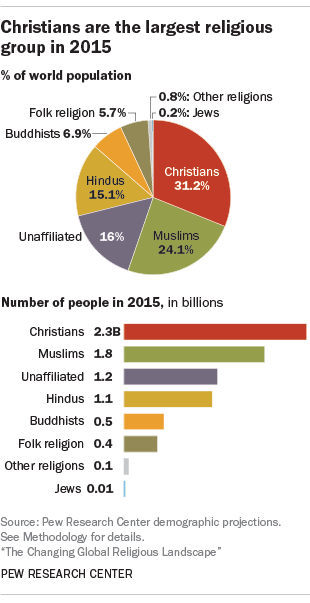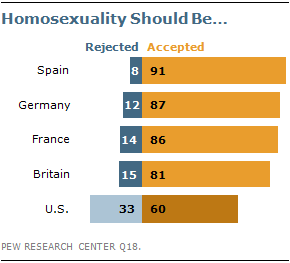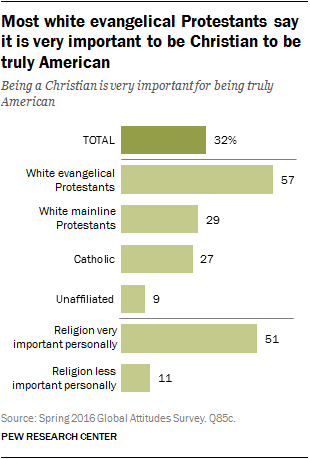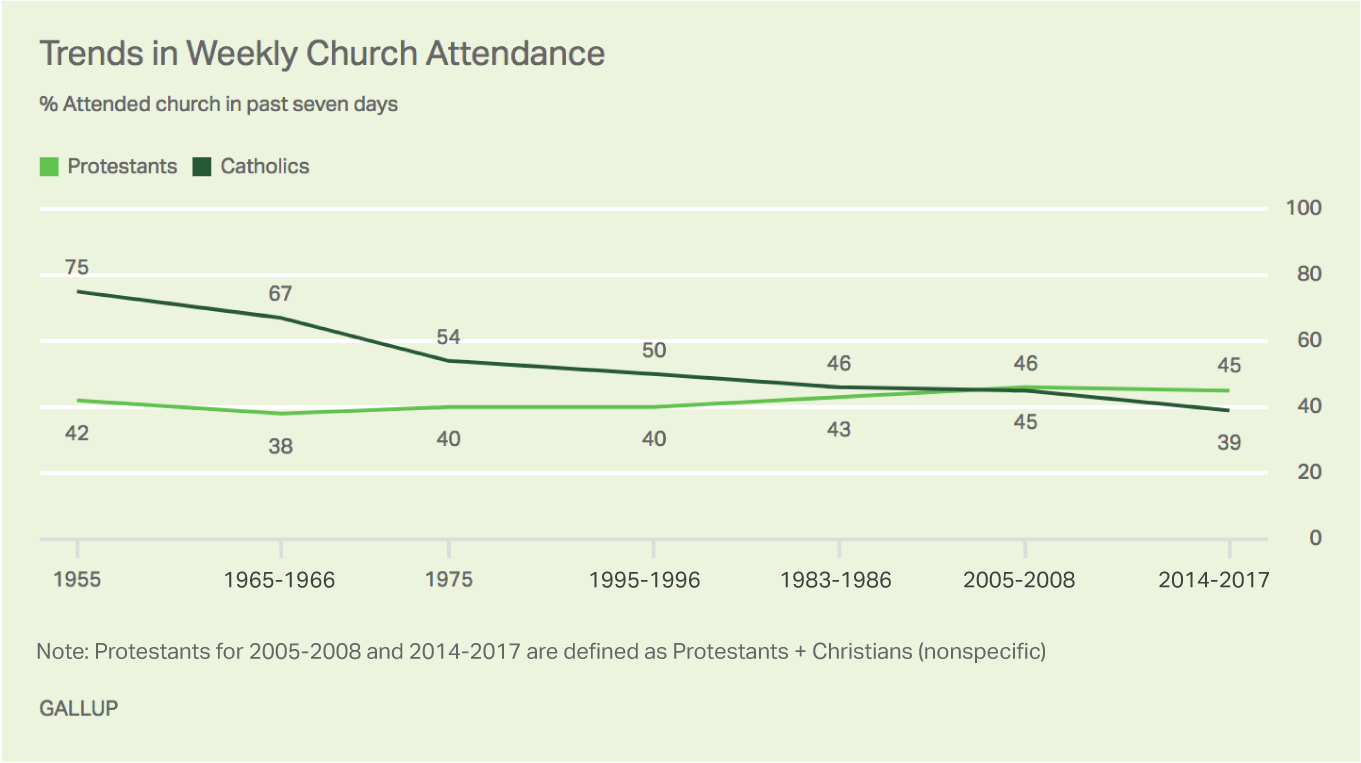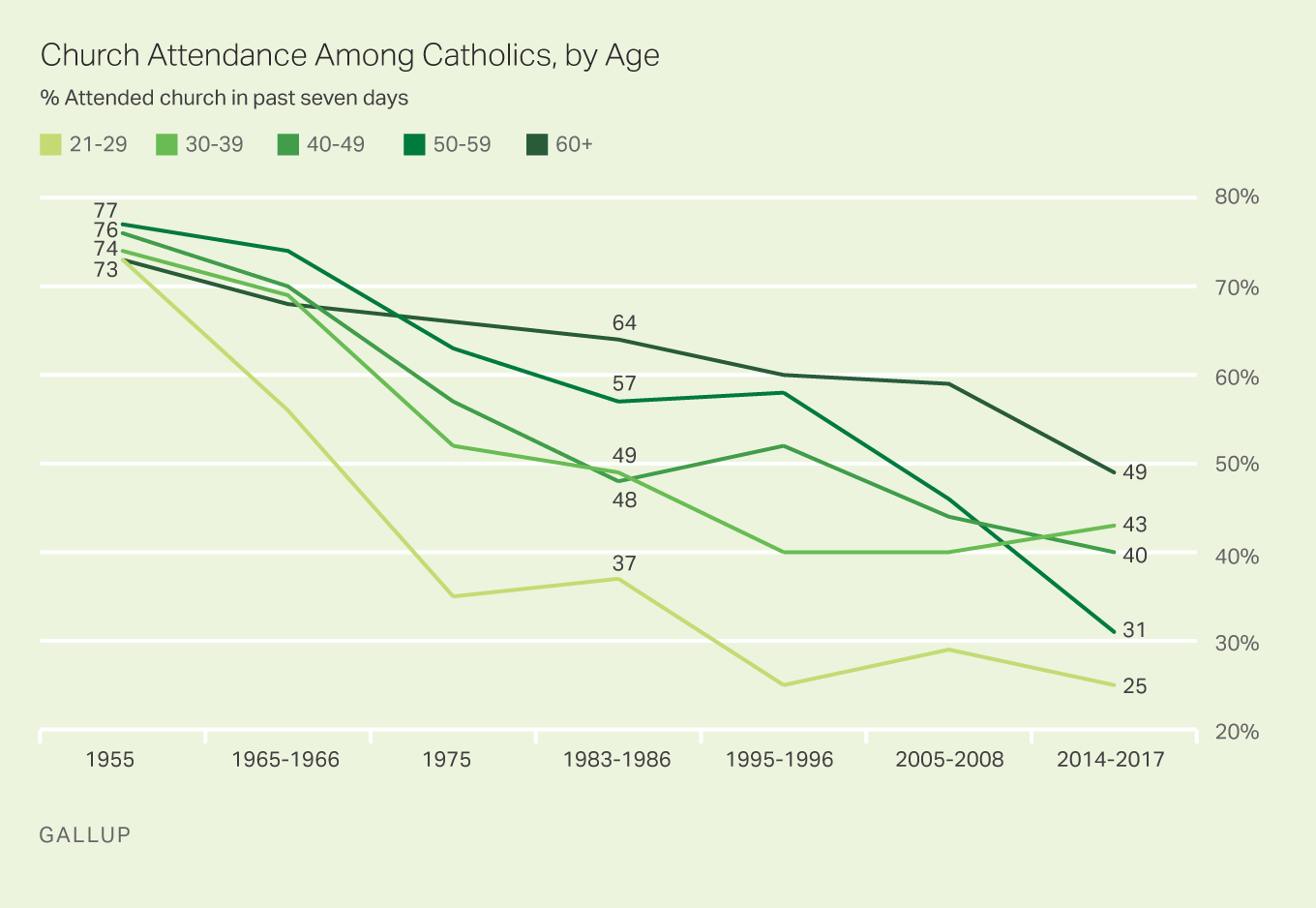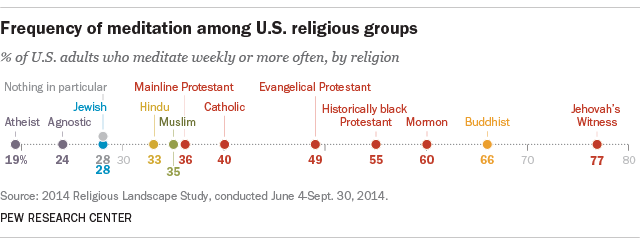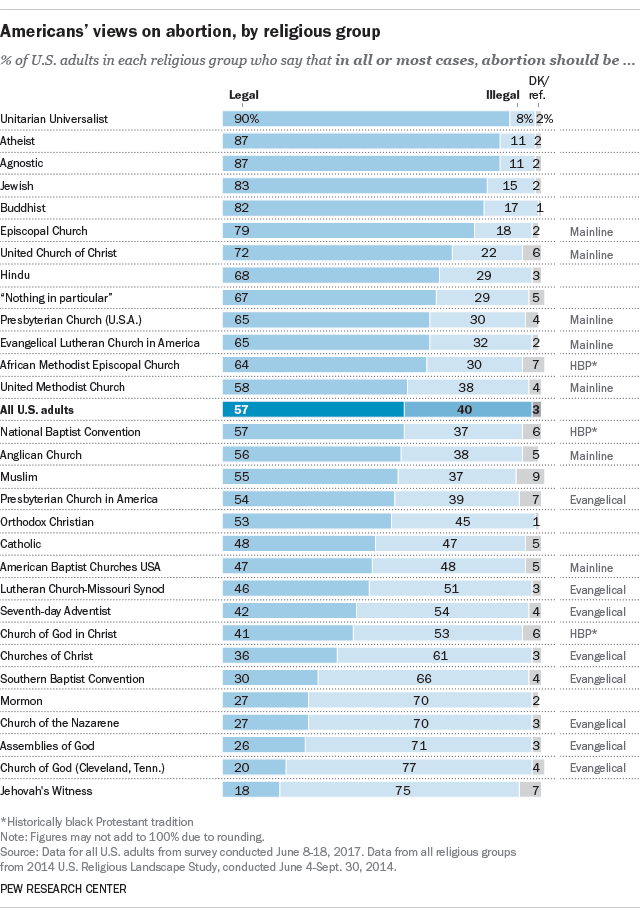|
Prelude
The Bible, the
official scripture (canon) of
Judaism, may be divided into three sections.
1. The
Torah,
consists of the first five books
2. "Prophets.”
3 “Writings”
is everything else.
1. "Torah" names the
most important books.
Attributed to Moses, most biblical
scholars agree that these books are the work of more than one author
because
God is referred to as Elohim
(usually translated “God") and as YHWH (usually translated as “The
Lord”). Also there are variations in vocabulary and style and
contrasting perspectives given by the different versions of the same
stories.
The Documentary
Hypothesis of Genesis
The Documentary Hypothesis
positions four main source documents
assembled in stages. “
1. Yahwist narrative” (usually called
J) written in the 10th or 9th century B.C.
2. “Elohist narrative” (E)
composed in the 9th century B.C.
3. Deuteronomy (D)
version written if the 7th century B.C.
4. Priestly source (P) dates
to the 6th or 5th century B.C.
In the 8th century B.C., an editor combined J and E.
The resulting (hypothetical) document is often called JE. Around 500
B.C., a second editor added P, producing JEP. Deuteronomy was added
to the first four books of the Torah around 400 B.C. These different
stages are reflected in differing styles, emphases, and the ological
viewpoints.
Creation Narrative
In Genesis 2:4b–3:24, the Yahwist creation narrative
has the Lord created man from dust, before there were plants. The
Lord planted a garden and placed the man in it but prohibited him
from eating the fruit from the tree of the knowledge of good and
evil. The Lord then decided that the man needed a companion and made
all the animals and brought them to the man. Man named all the
animals, but “there was not found a helper as his partner.” Next,
the Lord cast the man into a deep sleep, removed a rib from his
body, and created a woman as the man’s companion. A serpent
persuaded the woman to eat the fruit of the forbidden tree and she,
persuaded her husband to eat, as well. This violation of the Lord’s
prohibition and led to the humans’ expulsion from Eden. This is
probably the most familiar part of the Genesis creation.
1. "Torah" names the
most important books.
Attributed to Moses, most biblical
scholars agree that these books are the work of more than one author
because
God is referred to as Elohim
(usually translated “God") and as YHWH (usually translated as “The
Lord”). Also there are variations in vocabulary and style and
contrasting perspectives given by the different versions of the same
stories.
The Documentary
Hypothesis of Genesis
In the 8th century B.C., an editor
|
Genesis 1:1 through 2:4a differs both in emphasis and in dead
the sixth day, God creates land animals of all kinds, including
humans, both male and female. Go gives the humans dominion over
other creatures and tells them they may eat every seed-yielding
fruit that contains seeds.
Differences
In the earlier Yahwist J
account, the order is man, plants, animals, woman. In the later
Priestly
P account, the order is
plants, animals, humans (male and female). The Lord of the J
narrative is strongly anthropomorphic; he walks in the garden and
speaks directly to Adam and Eve.
God of the P narrative is far less
anthropomorphic and male and female humans are created at the
same time. There is no etiology of female submission; both are given
“dominion” over the earth.
P narrative is far more focused on
cosmology and the creation of the whole universe than the J
narrative, which focuses mainly on human beings and their fall from
primeval happiness. The J narrative also provides etiologies
for the harsh realities of human existence, including the necessity
of work and the pain of childbearing; the P narrative does not
address these issues at all.
The Mesopotamian Enuma Elish has a
creation narrative is strikingly similar to the P creation
narrative. In the
Enuma Elish, the
original state of the universe is a watery chaos. This chaos is
composed of two deities, Apsu (fresh water) and Tiamat (salt water).
As they are mingled together, other gods are born out of them,
beginning with a pair who represents silt. Several generations
later, the story culminates in a war among many gods. The young god
Marduk emerges
victorious. The cosmos attains recognizable form when Marduk kills
Tiamat and divides her body in two. Marduk makes the sky out of one
part of Tiamat’s body and the earth out of the other.
It is possible that the author(s) of P
wrote in intentional contrast to the
Enuma Elish.
Elish
P is normally dated to the
period after the Babylonian Exile of the Jews (586–538 B.C.). A
creation story reworking the Babylonian material into a form
consonant with Jewish belief would make good sense. The P story of
humans’ creation can also be read in contrast to the Mesopotamian
version, where humans are created to work for the gods.
Importance
The Documentary Hypothesis
covers not only Genesis but also the rest of the Torah. In recent
years, the Documentary Hypothesis itself has come in for criticism
and revision, but the complexity of the narrative tradition out of
which the Pentateuch grew seems undeniable.
The Torah contains many foundational stories of both
Judaism and Christianity. Genesis is rich in memorable and
influential stories and it is with Abraham that the Lord makes a
covenant and becomes a god specifically of the Hebrew people.
Exodus through Deuteronomy focus on Moses as
hero, leader, and lawgiver. He receives direct visions of God but is
at first unwilling to accept the task required of him. He is the
recipient and spokesman of the Ten Commandments and the leader of
the Israelites in their flight from Egypt. He leads his people
within sight of the Promised Land but cannot reach it himself.
|
|
The
Documentary Hypothesis
positions four main source
documents
assembled in stages.
“
1. Yahwist narrative” (usually called
J) written in the 10th or 9th century B.C.
2. “Elohist narrative”
(E) composed in the 9th century
B.C.
3. Deuteronomy (D)
version written if the 7th century B.C.
4. Priestly source (P) dates
to the 6th or 5th century B.C.
combined J and E.
The resulting (hypothetical) document is often called JE. Around 500
B.C., a second editor added P, producing JEP. Deuteronomy was added
to the first four books of the Torah around 400 B.C. These different
stages are reflected in differing styles, emphases, and the ological
viewpoints.
Creation Narrative
In Genesis 2:4b–3:24, the Yahwist creation narrative
has the Lord created man from dust, before there were plants. The
Lord planted a garden and placed the man in it but prohibited him
from eating the fruit from the tree of the knowledge of good and
evil. The Lord then decided that the man needed a companion and made
all the animals and brought them to the man. Man named all the
animals, but “there was not found a helper as his partner.” Next,
the Lord cast the man into a deep sleep, removed a rib from his
body, and created a woman as the man’s companion. A serpent
persuaded the woman to eat the fruit of the forbidden tree and she,
persuaded her husband to eat, as well. This violation of the Lord’s
prohibition and led to the humans’ expulsion from Eden. This is
probably the most familiar part of the Genesis creation.
Genesis 1:1 through 2:4a differs both in emphasis and in details.
This Priestly account, recount the creation of the whole cosmos
from a formless void. Then, on the second day God creates light and
separated the primeval waters by creating the dome of the sky. God
creates the dry land (earth) and the plants on the third day. On the
fourth day, the sun and the moon were created. The Lord had
established the environment in which both animals and humans could
live. God creates swimming and flying creatures on the fifth day. On
the sixth day, God creates land animals of all kinds, including
humans, both male and female. God gives the humans dominion over
other creatures and tells them they may eat every seed-yielding
fruit that contains seeds.
|
Differences
In the earlier Yahwist J
account, the order is man, plants, animals, woman. In the later
Priestly
P account, the order is
plants, animals, humans (male and female). The Lord of the J
narrative is strongly anthropomorphic; he walks in the garden and
speaks directly to Adam and Eve.
God of the P narrative is far less
anthropomorphic and male and female humans are created at the
same time. There is no etiology of female submission; both are given
“dominion” over the earth.
P narrative is far more focused on
cosmology and the creation of the whole universe than the J
narrative, which focuses mainly on human beings and their fall from
primeval happiness. The J narrative also provides etiologies
for the harsh realities of human existence, including the necessity
of work and the pain of childbearing; the P narrative does not
address these issues at all.
The Mesopotamian Enuma Elish
has a
creation narrative is strikingly similar to the P creation
narrative. In the
Enuma Elish, the
original state of the universe is a watery chaos. This chaos is
composed of two deities, Apsu (fresh water) and Tiamat (salt water).
As they are mingled together, other gods are born out of them,
beginning with a pair who represents silt. Several generations
later, the story culminates in a war among many gods. The young god
Marduk emerges
victorious. The cosmos attains recognizable form when Marduk kills
Tiamat and divides her body in two. Marduk makes the sky out of one
part of Tiamat’s body and the earth out of the other.
It is possible that the author(s) of P
wrote in intentional contrast to the
Enuma Elish.
Elish
P is normally dated to the
period after the Babylonian Exile of the Jews (586–538 B.C.). A
creation story reworking the Babylonian material into a form
consonant with Jewish belief would make good sense. The P story of
humans’ creation can also be read in contrast to the Mesopotamian
version, where humans are created to work for the gods.
Importance
The Documentary Hypothesis
covers not only Genesis but also the rest of the Torah. In recent
years, the Documentary Hypothesis itself has come in for criticism
and revision, but the complexity of the narrative tradition out of
which the Pentateuch grew seems undeniable.
The Torah contains many foundational stories of both
Judaism and Christianity. Genesis is rich in memorable and
influential stories and it is with Abraham that the Lord makes a
covenant and becomes a god specifically of the Hebrew people.
Exodus through Deuteronomy focus on Moses as
hero, leader, and lawgiver. He receives direct visions of God but is
at first unwilling to accept the task required of him. He is the
recipient and spokesman of the Ten Commandments and the leader of
the Israelites in their flight from Egypt. He leads his people
within sight of the Promised Land but cannot reach it himself.
|
|
The Deuteronomistic History
The Book of Deuteronomy
looks back to the Torah and forward into earlier Prophets and Latter Prophets.
The
Deuteronomistic History
combines the books of
Deuteronomy through 2 Kings. It narrates the end of Moses’s life and
leadership.
Deuteronomy or
“Second Law” refines and amplifies the Law presented earlier in the
Torah.
The book’s current form probably dates to the 7th
century B.C.
Deuteronomy covers forms of religious worship, political
institutions, and legal statutes. It assumes that Israel suffers or
flourishes depending on its people’s obedience to God and to the
Mosaic covenant.
It
is modeled on ancient Near Eastern treaties of mutual obligation
where the vassal is protected in return for loyalty and obedience.
In this view God's covenant is a promises to reward good behavior
and to punish bad behavior. The Ten Commandments can be seen as
fitting into this “treaty” framework.
“Thou shalt have no
other gods before me,” reflects the vassal’s standard oath of
loyalty.
Deuteronomistic History positions that Deuteronomy
itself was edited to serve as an introduction to the next four books
of the Bible. It further claims that a single editor (or school)
compiled these five books. Another version of the theory
positions successive editions of the Deuteronomistic History from
the 7th century B.C. (700 to 601) and continuing into the period of
the Babylonian Exile (captivity) beginning in 597 BC.
Questions
Why did the Israelites adopt monarchy as their form of government?
Why did the United Monarchy, founded by Saul and reaching a high
point under David and Solomon,
divide into two parts, Israel in the North, Judah in the South?
Why did Assyria conquer the Northern Kingdom in 722 B.C.?
Most troubling of all, why did the Babylonians succeed in subduing
Judah and capturing Jerusalem?
The Deuteronomistic History portrays these events as
the consequences of vassals’ disobedience.
Various leadership stories of different leaders culminating in the
establishment of the monarchy and the Davidic line, are all directed
toward explaining the ultimate destruction of the always questioned
monarchy.
The Deuteronomistic History is as much a work of
literature as of “history.”
There are historical facts embedded in the story. The 5 books were
written long after the events they describe.
Writers had to draw on their own imaginations to describe characters
and events. “Fictionalized history” is a term used to describe the Hebrew Bible.
Stories of David” are like Shakespeare’s approach to
Henry V.
A similar comparison can be made with “Homer’s” relationship to his
material.
Compiled and arranged to explain the monarchy and
God’s hand in history,
it has important implications for our understanding of the monarchy
and
of the roles of the most famous kings, as seen David and Bathsheba
(2 Samuel 11–12).
Here, David is not admirable. His contradicts a
king’s military duty
by being idle at home while his troops are off at war.
He contradicts a king’s civic duty by seducing Bathsheba, the
wife of a soldiers.
We are not told what Bathsheba wants or whether David gave her a
choice.
Her message to David that she is pregnant is the only time she
communicates. Eventually David puts the soldier into battle where he dies and
David marries
Bathsheba. A prophet sent by the Lord who rebukes David. David grows
angry,
the prophet predicts evils to come in David’s family and David admits his
guilt.
The profit predicts Bathsheba's baby will die.
|
Analysis
Perhaps, because David’s crimes were remembered by
the tradition, the author “had” to include them.
However, the author could have tried to explain these traditional
details away.
Instead, the author stresses the cruelty and deceit of David’s
actions.
Perhaps the author wants to remind us that the
legitimacy of the king does not depend
on his own ethical behavior. Though anointed by God, David is
fallible and at times, evil.
Perhaps such stories serve as reminders of the
dangers inherent in even a good king’s rule.
The Deuteronomistic History presents a multifaceted
view of kingship.
The books of the Deuteronomistic History were written for
retroactive effect
to explain not what went right in the monarchy so much as what went
wrong. The idea that God rewards good behavior and punishes
bad underlies the nature of
good and bad fortune and is often called the
Deuteronmist Theology.
Deuteronomistic
Theology.
In this
worldview, good fortune is evidence of righteousness, while bad
fortune is evidence that one did wrong.
With the conquest of Judah the question arose, what have we done
wrong to deserve this?
The Deuteronomistic History’s development of the monarchy attempts
to answer this question.
Most important, the people tended to fall into
idolatry and to worship other gods.
One fascinating point here is that the other gods are not denied or
seen as meaningless.
Even in the Ten Commandments, the prohibition on having any other
god
before
God
does not necessarily imply monotheism.
Turning to other gods is seen as breaking the treaty’s requirement
of loyalty to one’s overlord.
|
|
2. Prophets
The Former Prophets include the Books of Joshua,
Judges, 1 and 2 Samuel, and 1 and 2 Kings. The Latter
Prophets are the Books of Isaiah, Jeremiah, Ezekiel, and the 12 “minor
prophets.”
The role
of the Hebrew prophet in the monarchy depended upon the time periods
represented by the prophecy of interest.
The Latter Prophets reflect the sayings of
spokesmen, or wise men considered intermediaries between God and
his people. These oral sayings were recorded and later edited, annotated, and augmented to
formed a nucleus around which the books developed. They did not
assume canonical form until the 5th through 3rd centuries B.C.
The Greek
prophētēs
indicates an interpreter or proclaimer who “speaks
forth” God’s word. Hebrew prophets did not necessarily
foresee or predict future events. They were messengers. Prophets were less concerned with
predicting the future than with analyzing present people and
their behavior in in terms of God’s requirements. Nathan’s
rebuke to David in 2 Samuel 12 is a good example. This rebuke
ends with a prediction of the future, but Nathan’s main purpose
is to chastise David’s present behavior.
However, Christian theologians interpreted the
prophets as foretelling the coming of Christ. To understand
the influence of prophets on the Western literary, we
must consider how these texts were interpreted both at the time
they were written and later when they had influence.
Four Major Periods of
Prophetic Activity
In the early monarchical period (11th through
9th centuries B.C.), prophets advise and warned kings. Local
prophets, advised individuals and communities The advent of
the monarchy meant prophets could announce that God had chosen
an individual to be king or had rejected a king for wrongdoing.
During the 8th century B.C., the
prophets’ role changed from “kingmaker” to public adviser.
Social justice and religious practice issues were their concerns.
The Assyrian Empire had destroyed the Northern Kingdom (Israel)
and subjugated the Southern Kingdom (Judah). Prophets
interpreted these events as signs of God’s judgment against the
Hebrew people.
The Babylonian exile had the prophets
providing hope for an eventual return to Jerusalem and the rebuilding
of the Temple.
In post-exilic period, Cyrus of Persia
allowed the Jews to return to Judah. The main issue the
prophets addressed was the challenge of reestablishing a
community in postexilic conditions. Community’s identity, social
organization, and resistance to assimilation were concerns. |
Prophet Isaiah's Three
different Time periods: First, Second, and Third Isaiah.
Isaiah (chapters 1–39) represent the life of
Isaiah who lived in the late 8th and/or early 7th centuries B.C. Chapters 40 through 66 dates to the 6th
century B.C. because these chapters refer to the fall of
Jerusalem and the deportation of the people.
Third Isaiah may be
post-exilic.
One reappearing theme of these historical
events reflect God’s plan of the
Deuteronomistic History. An examples is the similar actions of great
empires, such as the Assyrian Empire in the 8th century B.C. and
the Babylonian and Persian Empires in the 6th century B.C.
Isaiah represents the manner in which the
prophet’s words were gathered in his own day and the process by
which they were reinterpreted and reapplied in later periods. In
his own day, Isaiah’s descriptions of hostile and threatening
foreign powers must have referred to the Assyrians. Later, these
descriptions were applied to the Babylonian conquest of Judah.
In its final redaction, the contrast between “worldly”
governments and the Jewish people is highlighted by the primacy
of Jerusalem and the expectation of a righteous “anointed
leader.”
Second Isaiah’s depicts God as the only
god, the universal God of all peoples, not just a god
of the people covered by the covenant. In 45:5–7 Isaiah thus
articulates true monotheism.
In chapters 44 and 45, Cyrus is referred to as
God’s “anointed,” who will carry out God’s purpose. Cyrus is
identified as the/a messiah, an anointed one. This is the
only biblical passage where the term
messiah
refers to someone
who is not an Israelite.
Christian reinterpretation and reapplication
of Isaiah was a rich source for predictions concerning Christ. One
of the most important verses in this regard is 7:14: “Look, the
x
woman is with
child and shall bear a son, and shall name him Immanuel.”
Matthew 7:14 and later Christian works refer to
X,
Mary, as a virgin.
The
Greek translation of X is based upon
parthenos, a “young
unmarried
woman,”
The Revised Standard Version uses Hebrew
almah,
“young woman”
Hebrew for virgin
is
bethulah.
Another crucial passage for later Christian
thought was the “suffering servant” of Isaiah 53:3–9. Early
Christian writers identified these verses with Christ,
especially with his Passion. The “suffering servant” of Isaiah
lent support to the developing idea of an atoning Messiah,
rather than a triumphant Messiah.
|






